The best state-of-the-art eco homes on the market
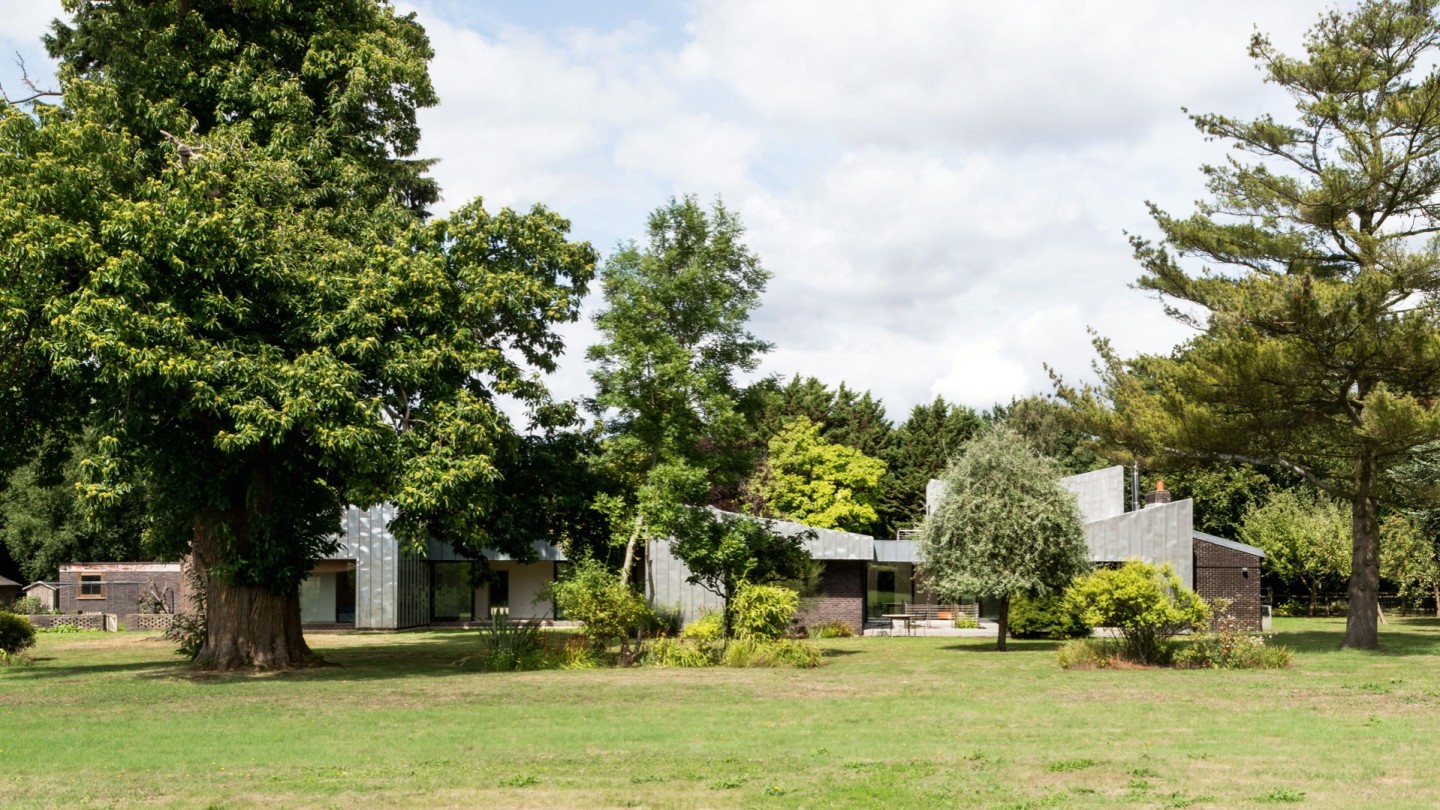
Roula Khalaf, Editor of the FT, selects her favourite stories in this weekly newsletter.
The world’s wealthiest are often criticised for their carbon footprint, particularly those who navigate the globe in private jets and superyachts. In their homes, however, they increasingly engage with sustainability; conversation at the smartest dinner parties is now as frequently about air quality and biomass as it is about fine wine and art. “If you’re travelling for much of the week, there’s a feeling you should do a bit more,” says Jonathan Bramwell, head of property search agent The Buying Solution. “Like everyone else, high-net-worth individuals are under pressure from their children and, of course, they have the means to introduce often-expensive eco-friendly features to their homes.”
It’s also fair to say that highly effective people often relish a challenge. “Many of our buyers are very successful in business and finance. They’re used to analysis and enjoy working out how long it will take for solar panels to become cost effective or discovering the most sustainable construction methods,” Bramwell says. “One client, for example, has recently insisted that all the materials used in his rebuild should be sourced from within a 30-mile radius of the property.”
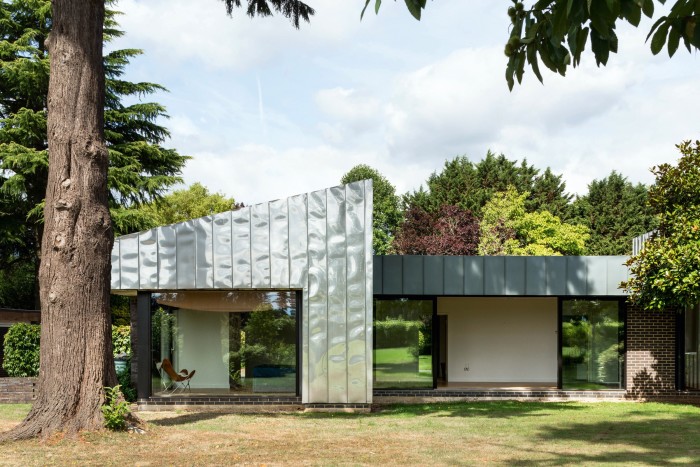
Albert Hill, a co-founding director of The Modern House, an estate agency that specialises in cutting-edge design, describes some of the current enthusiasm for conspicuous conservation as “bio-bling”, but recognises the incontestable benefits of architect and client working together to create more eco-friendly homes. “Sustainability used to be considered a wacky departure; now it’s a baseline. Where architects once drove up budgets in terms of materials, today improving eco effectiveness is the priority,” he says. Of course, this is never at the expense of good design. The Modern House, for example, is currently selling Eashing House in Godalming, Surrey (£2.5m). Built in the 1960s, it was remodelled by Edgley Design, which preserved its stylish midcentury silhouette, while cladding the façade in insulating stainless steel. The design won an Architects’ Journal Retrofit Award in 2014.
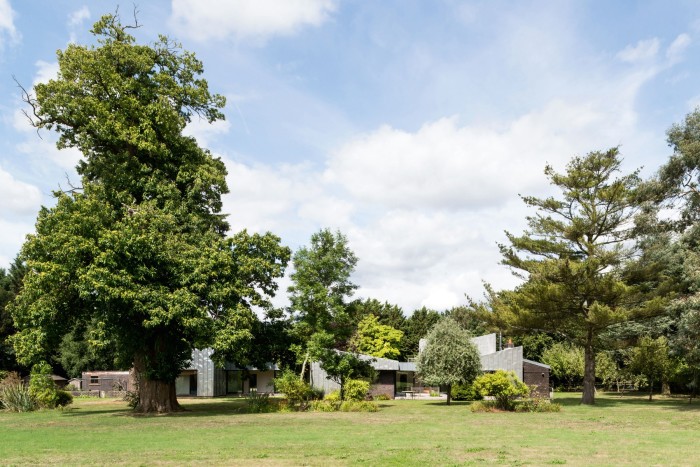
Over the past few years, various sustainability benchmarks have been introduced to guide developers and private homeowners. These include Passivhaus (a German standard of low-energy heating and cooling), BREEAM (which relates to sustainable construction) and, most recently, the WELL Building Standard, launched in the US in 2014, which addresses occupant health.
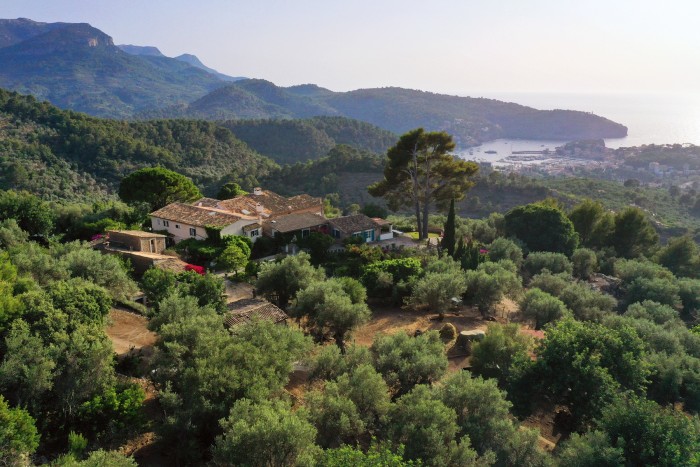
All, of course, have exacting requirements, but Passivhaus is generally considered the gold standard. Finding a plot and creating a property to match its expectations is undoubtedly demanding, but off-the-peg, state-of-the-environmental-art homes – such as a five-bedroom house (£1.3m, through Humberts), one of four remaining properties at Octagon Park just outside Norwich – are already appearing on the market. And, for those for whom only their own vision will do, Ekkist, a design and build consultancy focusing on sustainable homes, offers blueprints and bespoke solutions to developers and self-builders. “We take a holistic approach to design, bringing in the relevant standards where needed,” says co-founder Olga Turner. “For example, we’re currently working on a new-build house where we’ve used natural, non-toxic, sustainable materials, alongside air quality and water filters, and ensured the use of daylight matches the Circadian rhythm.”
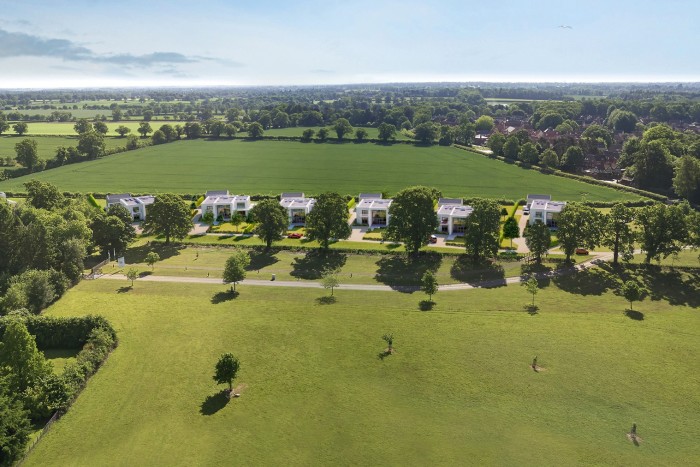
Halting the excess consumption that is contributing to climate change should now be every individual’s responsibility, but it’s often forward-looking developers and landlords who have the power to implement change on a more extensive scale. One of London’s largest property companies, the Grosvenor Estate, which manages the Duke of Westminster’s £5bn property portfolio, began its carefully planned programme of energy conservation in 2013 – and earlier this year, it announced its intention to end net‑carbon operating emissions from its directly managed buildings by 2030. “We’ve been in business for 300 years and have survived by always looking long‑term,” says Victoria Herring, Grosvenor’s director of refurbishment and retrofit. “For us, the biggest threat today is climate change, so we needed an effective sustainability policy.”
A significant proportion of Grosvenor’s holdings lies in listed buildings in Mayfair and Belgravia, and retrofitting period properties, with their leaky windows and thin insulation, is particularly problematic. Grosvenor, however, has been in the forefront of addressing this issue, starting with its award-winning redesign of Grade II-listed 119 Ebury Street – a Georgian house that became the first listed building in the UK to achieve an Outstanding BREEAM rating (a three-bedroom duplex is available to rent here for £1,995 per week, through Knight Frank). Grosvenor installed rainwater harvesting, Aerogel wall insulation (a thin but highly insulating material), photovoltaic and solar thermal energy generation, phase change materials (capable of storing and releasing large amounts of energy) and vacuum glazing (double- or triple-glazed glass), setting a benchmark for the rest of the estate and for period properties in general. “It was a pioneering project that showed us what could be done, achieving the Committee on Climate Change’s 2050 objectives today, and what we learnt here is now being applied as we update and refurbish each property,” Herring says.
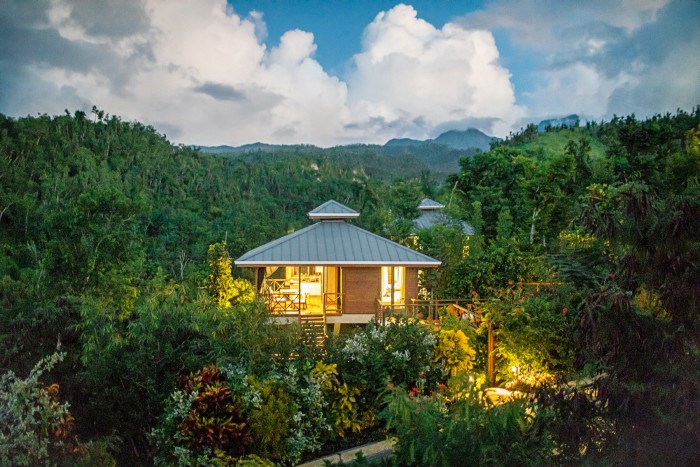
While Grosvenor has led the way in what can be achieved with historic property, high-end developers around the world have been equally responsive to an increasingly eco-aware clientele. In the Caribbean, Gregor Nassief chose to develop only seven per cent of the 33-acre plot at Secret Bay in Dominica, where 42 villas (from $1,220,800, through Savills) now stand on an idyllic gated site with a river flowing through it, plus access to three swimmable beaches, sea caves and two microclimates. The residences, which employ sterilised and recycled black and grey water, were hand-built from sustainable tropical hardwood, without the use of heavy equipment in order to cause minimum disruption to the terrain. “The whole concept was about being in nature where the jungle meets the ocean, and we wanted to leave the land exactly as we found it,” Nassief says.
Occasionally, the need to preserve has been shown to have pressing relevance, and the terrifying evidence of the recent drought in South Africa has been a driving force on the approach to local housing. “It has been the single biggest wake-up call,” says Jeremy Barnes, regional director of Greeff, a South African property agent in alliance with Christie’s International Real Estate. “It has made us think more widely about how to become more efficient, removing the reliance on resources we previously took for granted.”
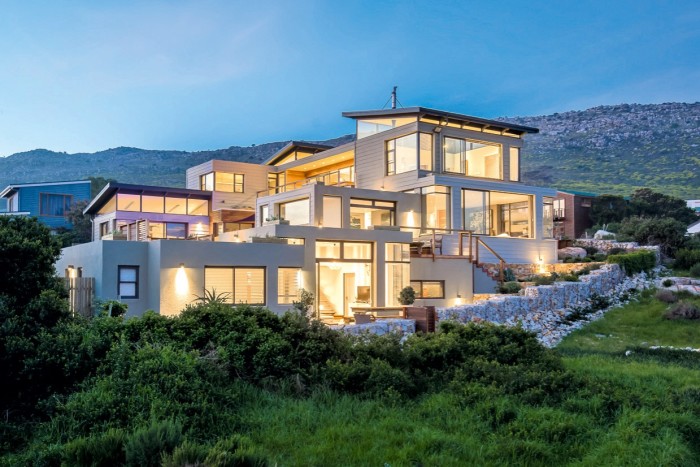
The residents of Scarborough, a conservation village bordering a World Heritage Site 45 minutes from Cape Town, have long taken a progressive approach, and the eco-aware community was founded in the 1990s with the intention of reversing past damage and avoiding future environmental impact. New-build housing here, such as a two‑bedroom villa (R19.2m, about £1.04m, through Greeff), delivers this promise in indulgent form, with an energy-efficient wine cellar, art studio and extensive open-plan living space overlooking the Atlantic and adjoining mountains.
Elsewhere in the world, there is evidence that some premium buyers are attempting to guarantee that whatever they grow is gentle on the earth, both in terms of the produce itself and the way it is consumed and distributed. The appetite for purchasing a personal vineyard is now widely recognised, with returns for this verdant collectable comparing favourably with antique furniture, watches and even wine itself. Increasingly, however, according to research carried out by estate agents Knight Frank, those interested in purchasing a “boutique vineyard” are keen to acquire one that has adopted organic, biodynamic or sustainable methods. In this respect, Italy is in the vanguard. “In terms of wholefood production, the Italians are further ahead than the French and miles ahead of the US,” says Bill Thomson, chairman of Knight Frank’s Italian network. “Buyers also want to be where there are recognised wine denominations – they’re looking for wines that are nice to plant and nice to drink.”
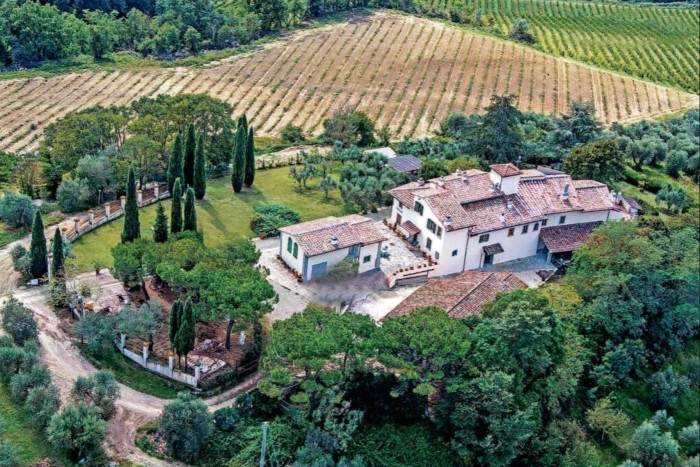
Tuscany currently attracts the largest proportion of international buyers, with Chianti and Montalcino the most popular areas. Vineyards here often remain in the same hands for years and, when sold, rarely come to the open market. Thomson says that, as the region is not abundant with water, farmers have adapted to this and tend to use irrigation only in an emergency (and often, never at all), so the majority will tick the box for water conservation. Knight Frank currently has an outstanding organic plot for sale at Tenuta Casciani (€4.5m), near the town of Montespertoli, which offers 36 hectares of land with 16 organic vineyards and five hectares of organic olive groves. It was one of the first wineries in the Chianti area to change over to organic farming in 1995, and the main house offers 900sq m of living space with six bedrooms, complemented by separate buildings with a wine cellar and offices.
In Mallorca and Ibiza, Charlie Hill, partner and head of sales at Charles Marlow & Bros, says his international clientele are now also looking for sustainable smallholdings (such as the one that accompanies Cas Bernats – €12.5m – above Port de Sóller, Mallorca, with its extensive vegetable garden, sheep, orchards and olive groves) to help cut the carbon emissions caused by intensive farming and by the transport and storage associated with mass‑scale agriculture. “They recognise the huge impact of shipping food around the world and they’re producing exciting pioneering initiatives that overlap with the sustainable conversation,” says Hill. “The motivation is not profit but to give back and see the land return to its original use, enhancing biodiversity while producing delicious food.”
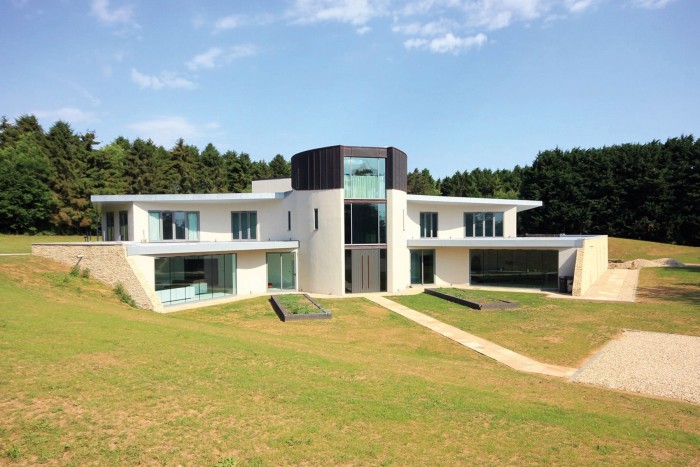
Improving air quality is, of course, another pressing preoccupation, particularly in cities. Here again, Grosvenor has been something of a trailblazer, introducing the world’s first “living” lampposts – a green column system, which can be placed around each post, with automatic watering powered by solar panels. Clearly, however, the countryside is where the biggest impact can be made, and The Buying Solution’s Bramwell has noted his clients’ enthusiasm for planting trees – replacing natural resources and improving air quality. “Buying or creating your own woodland has become very fashionable, and elite buyers tend to be looking for existing woodlands with the potential to add more,” he says. This requirement can certainly be addressed by a five-bedroom modernist villa (£3.3m, through Hamptons) that is encircled by mature trees in Andoversford, Gloucestershire.
The Buying Solution, thebuyingsolution.co.uk. Charles Marlow & Bros, charlesmarlow.com. Ekkist, ekkist.co. Greeff, greeff.co.za. The Grosvenor Estate, grosvenorlondon.com. Hamptons, hamptons.co.uk. Humberts, humberts.com. Knight Frank, knightfrank.com. The Modern House, themodernhouse.com. Savills, savills.com.
Comments